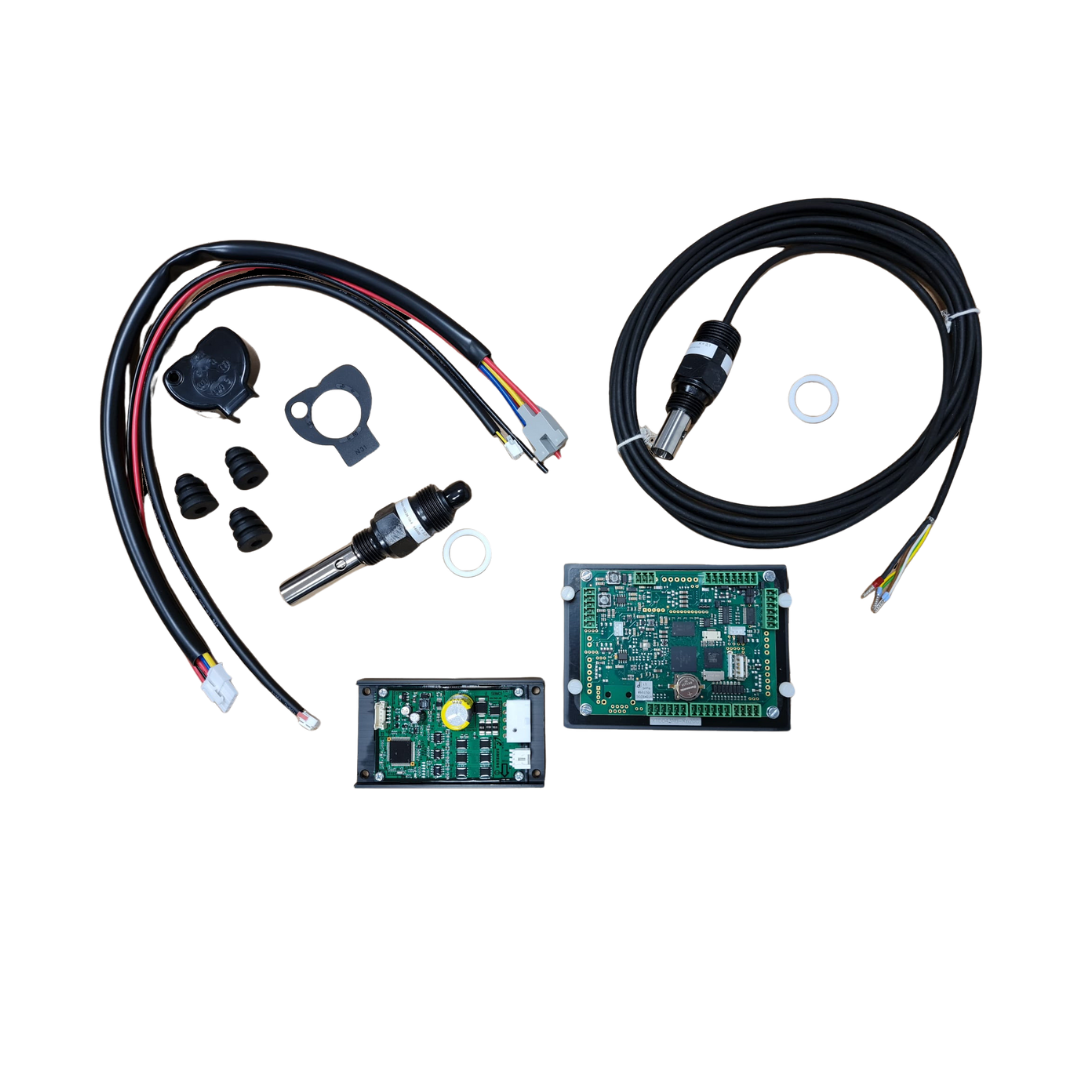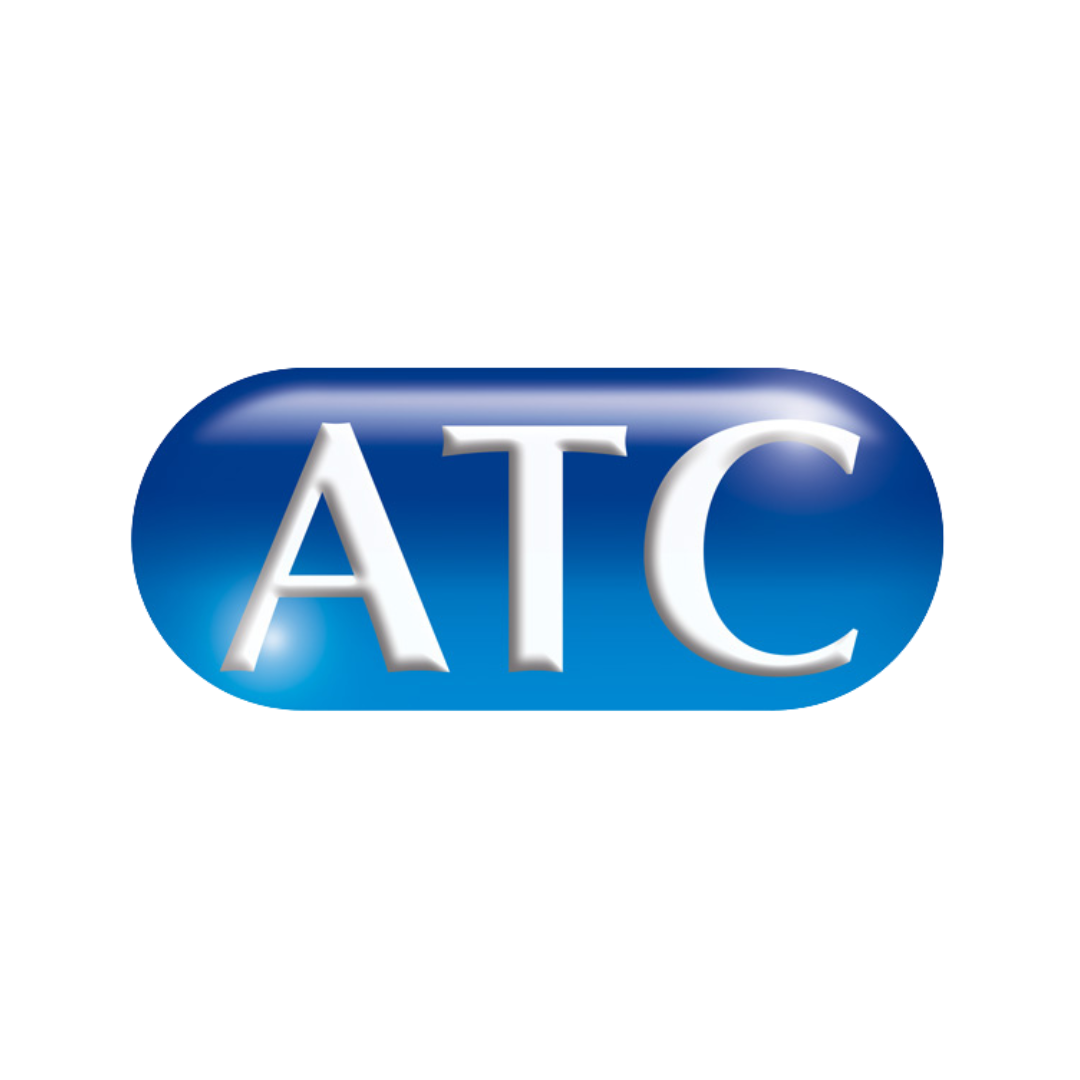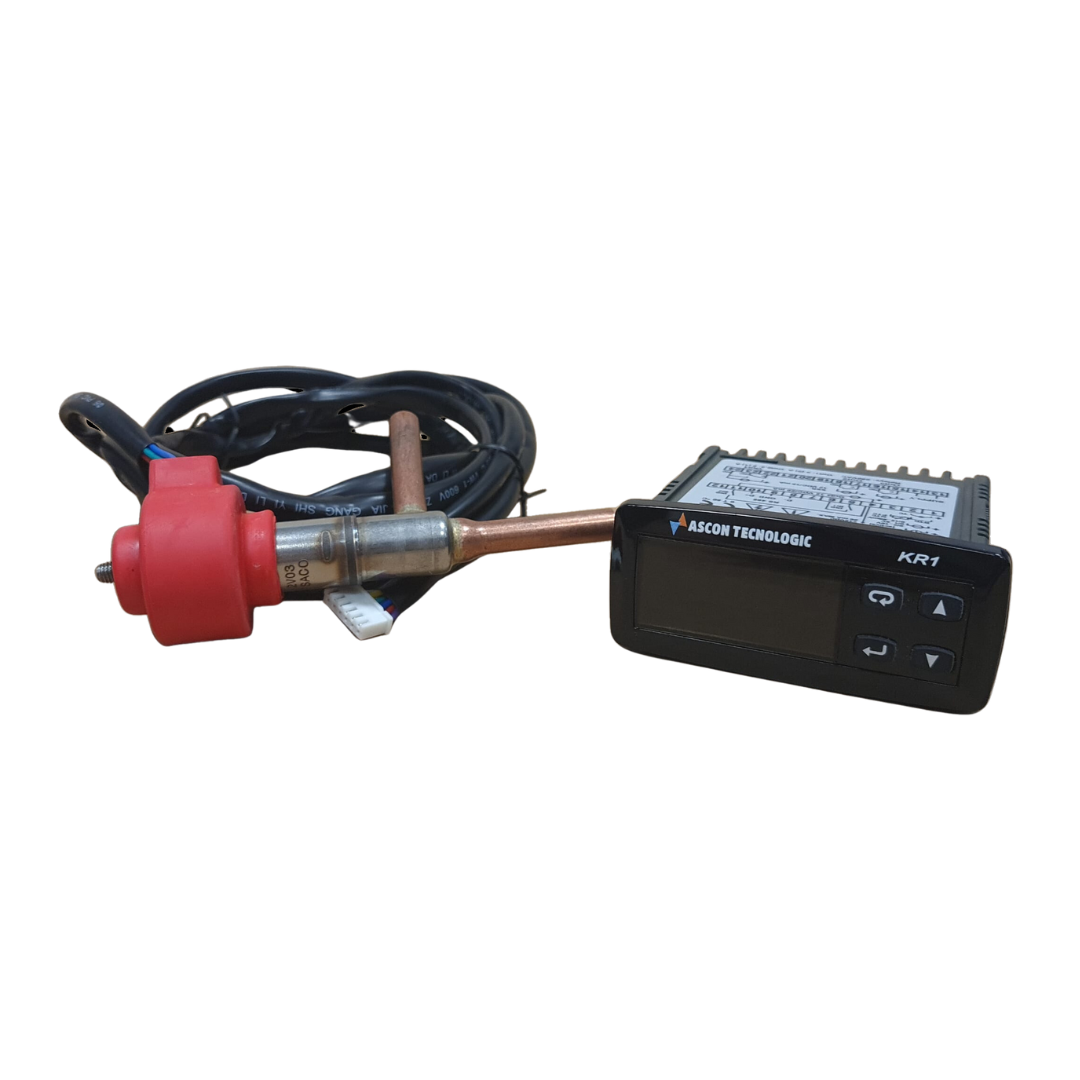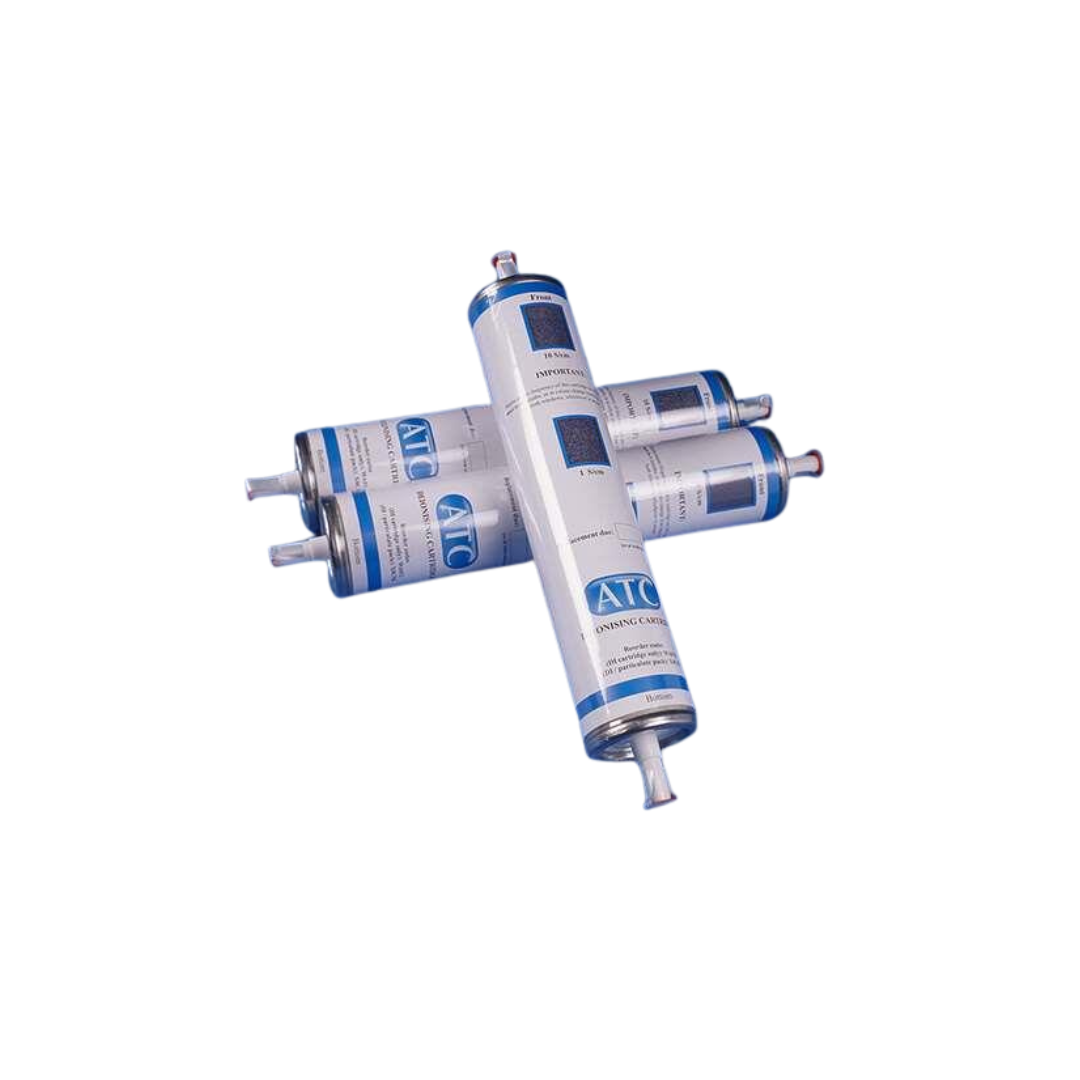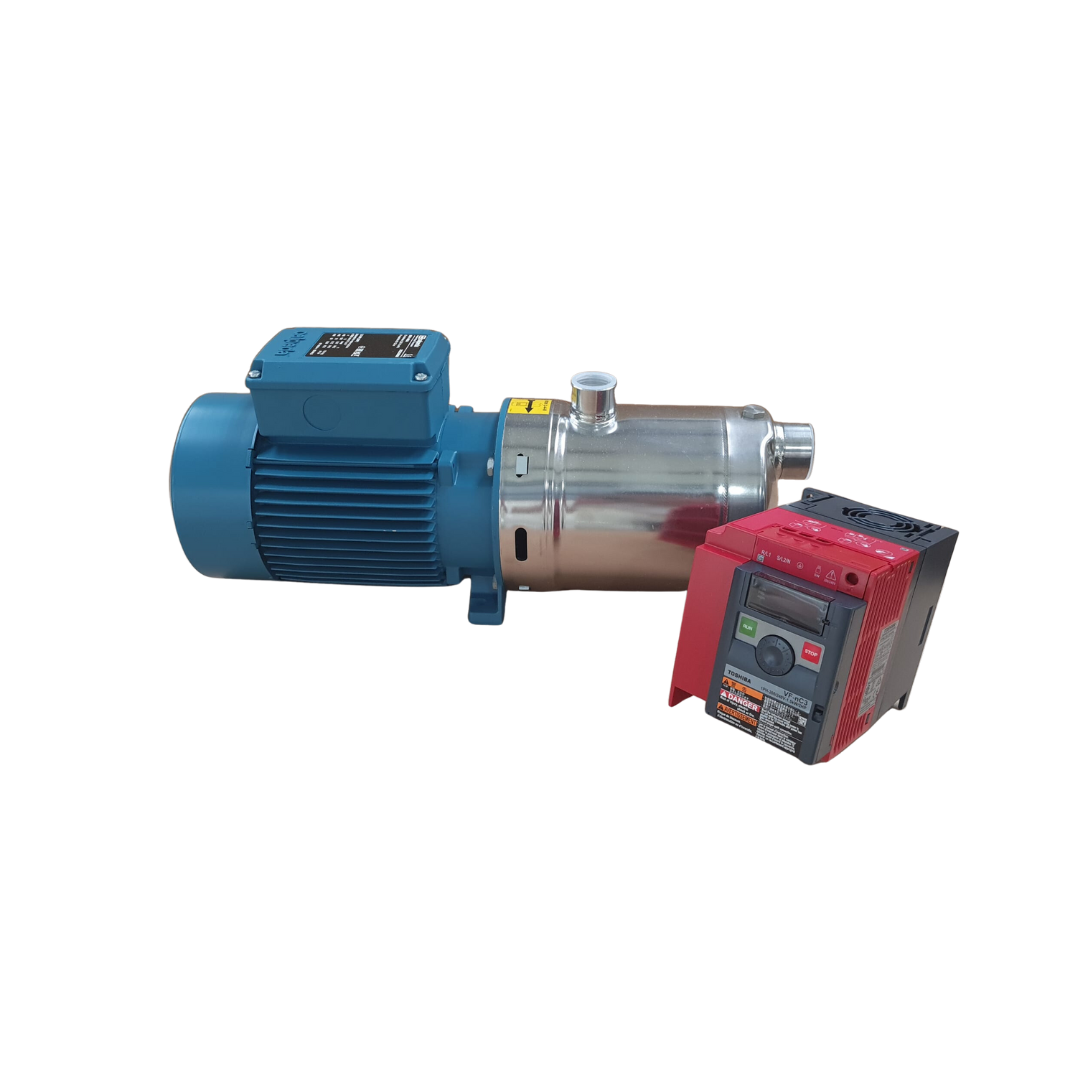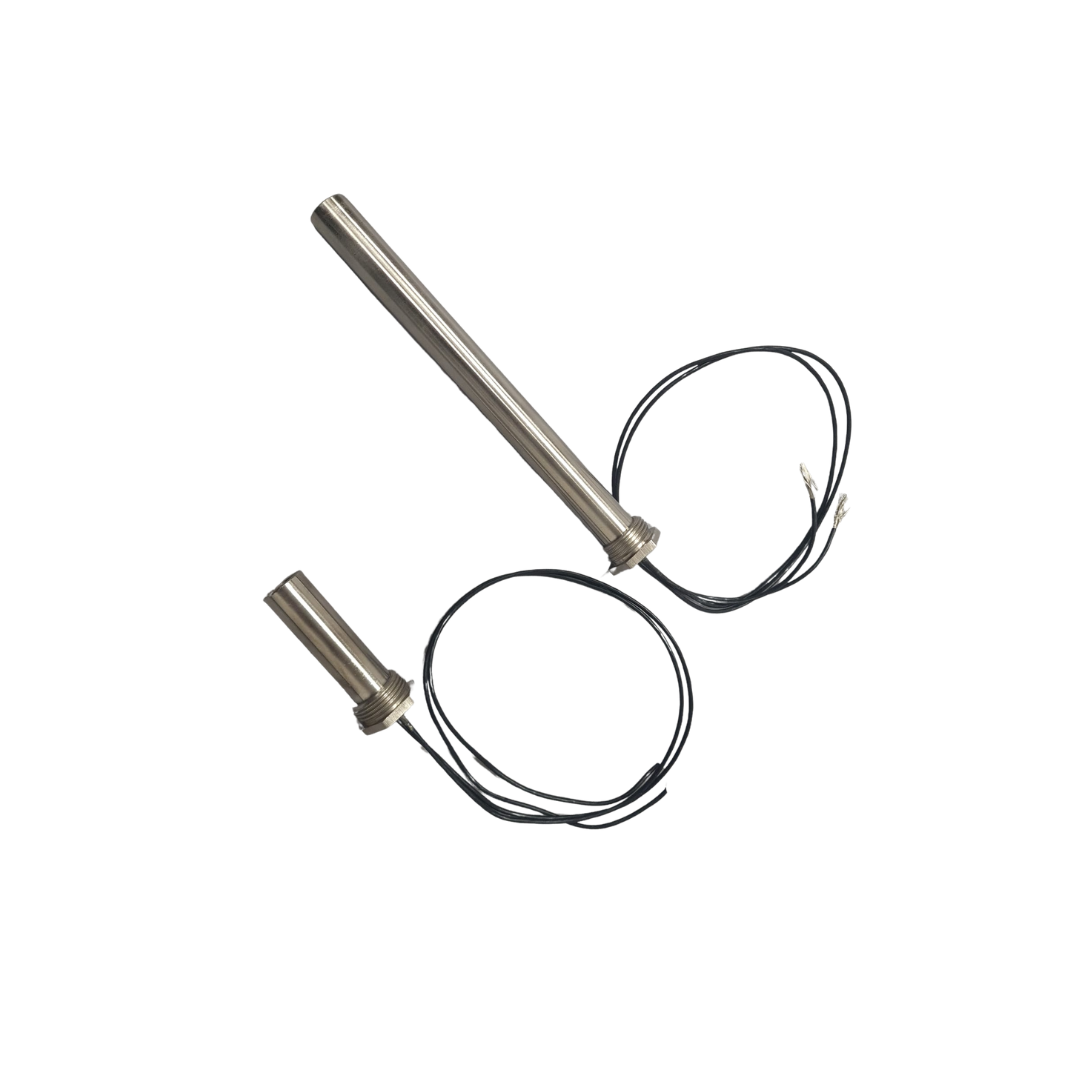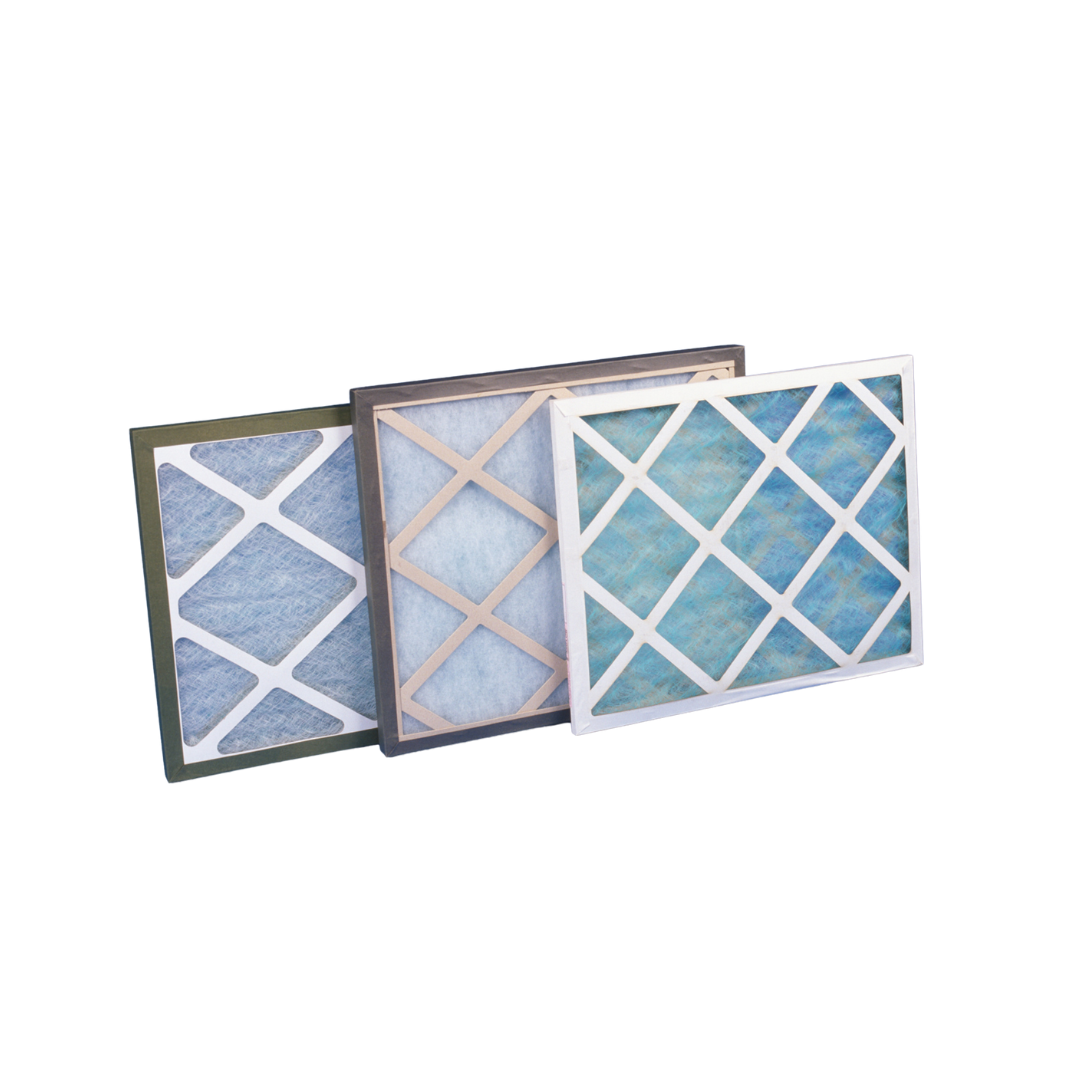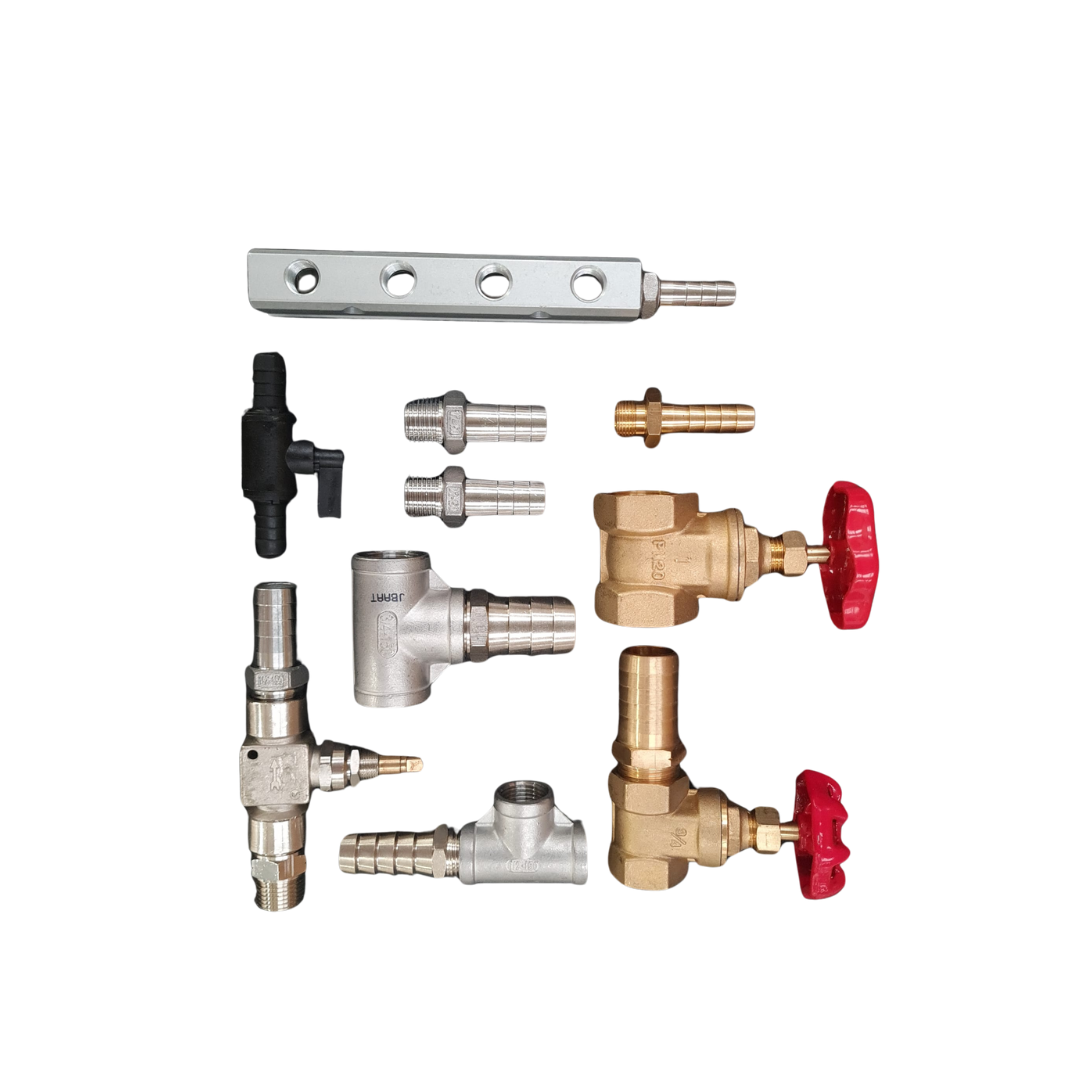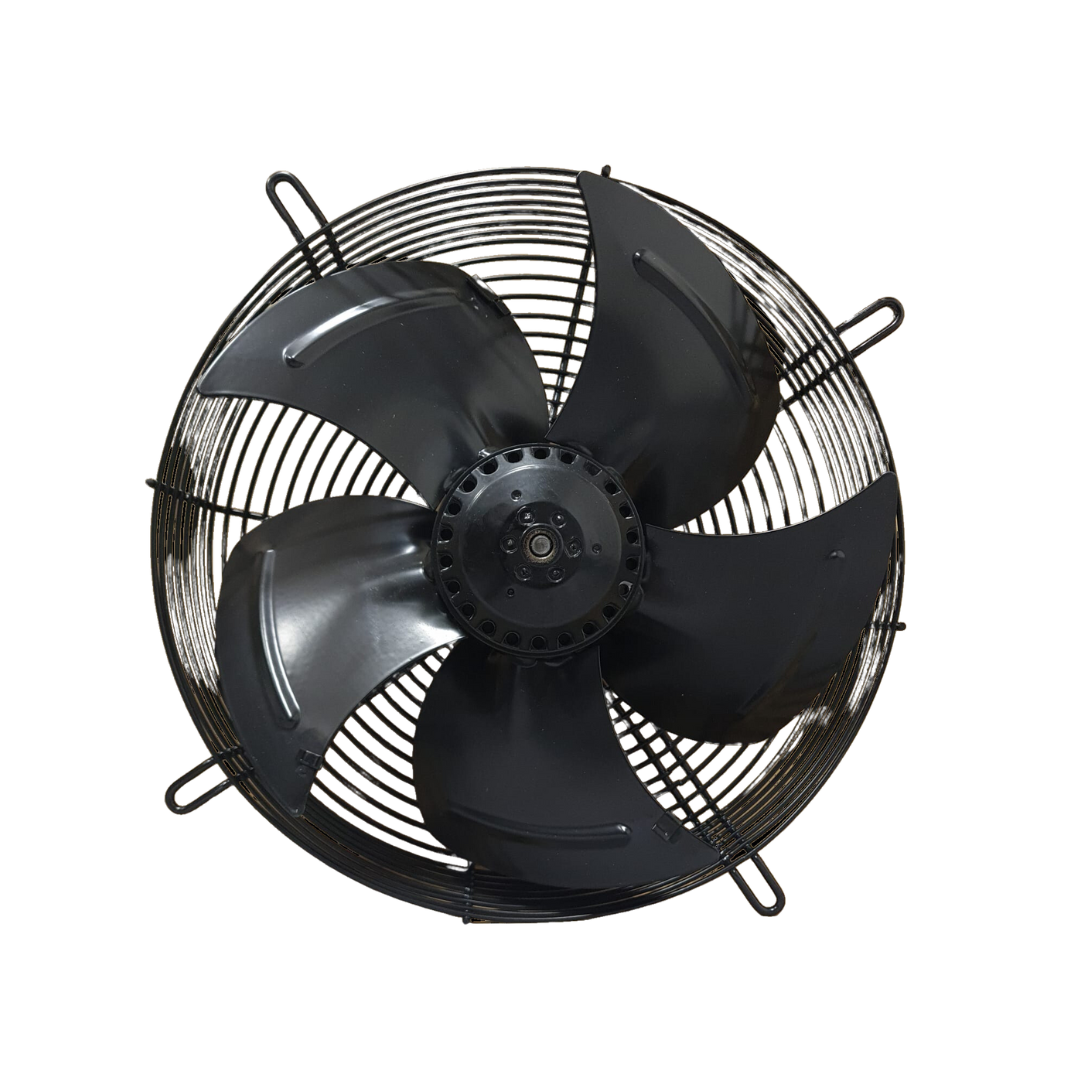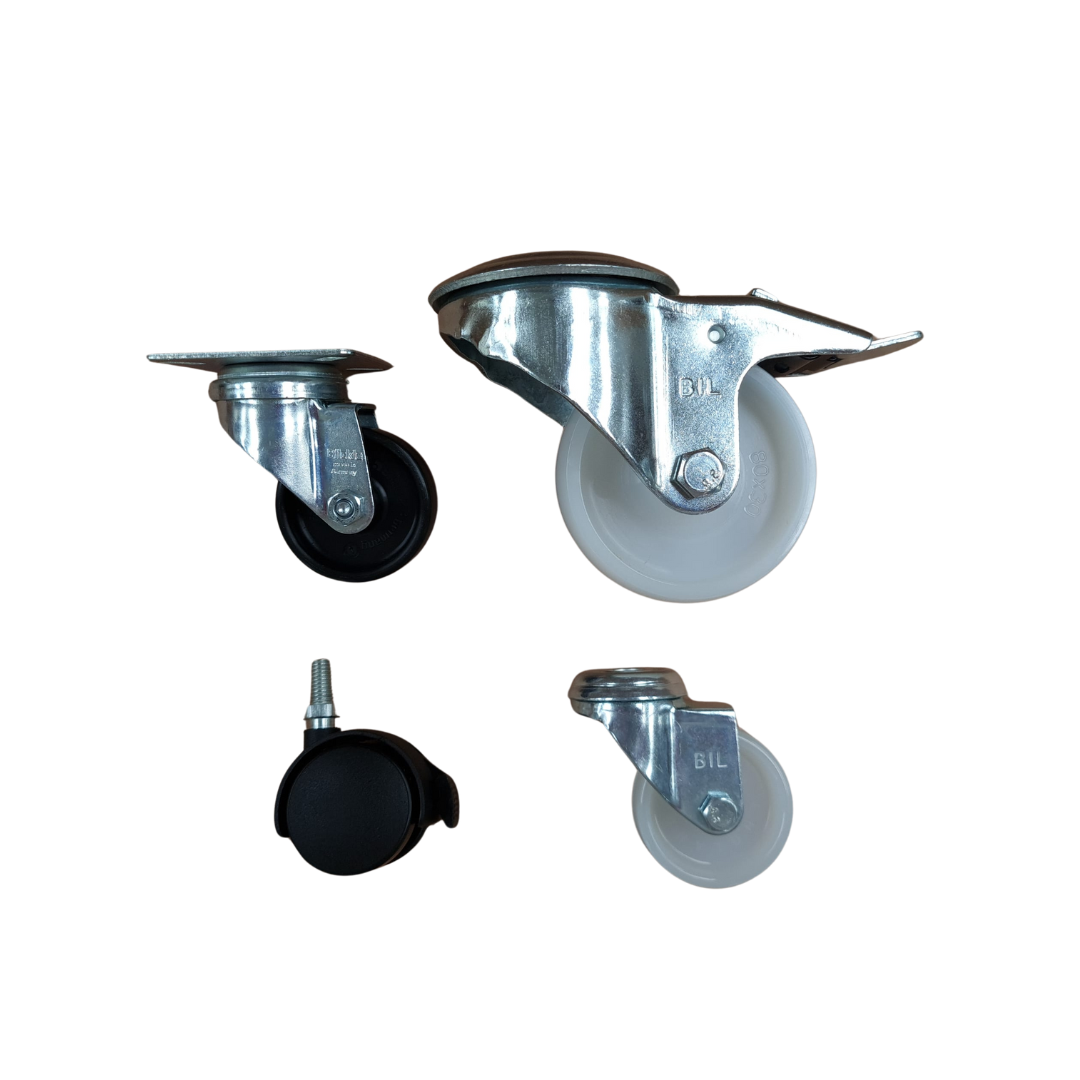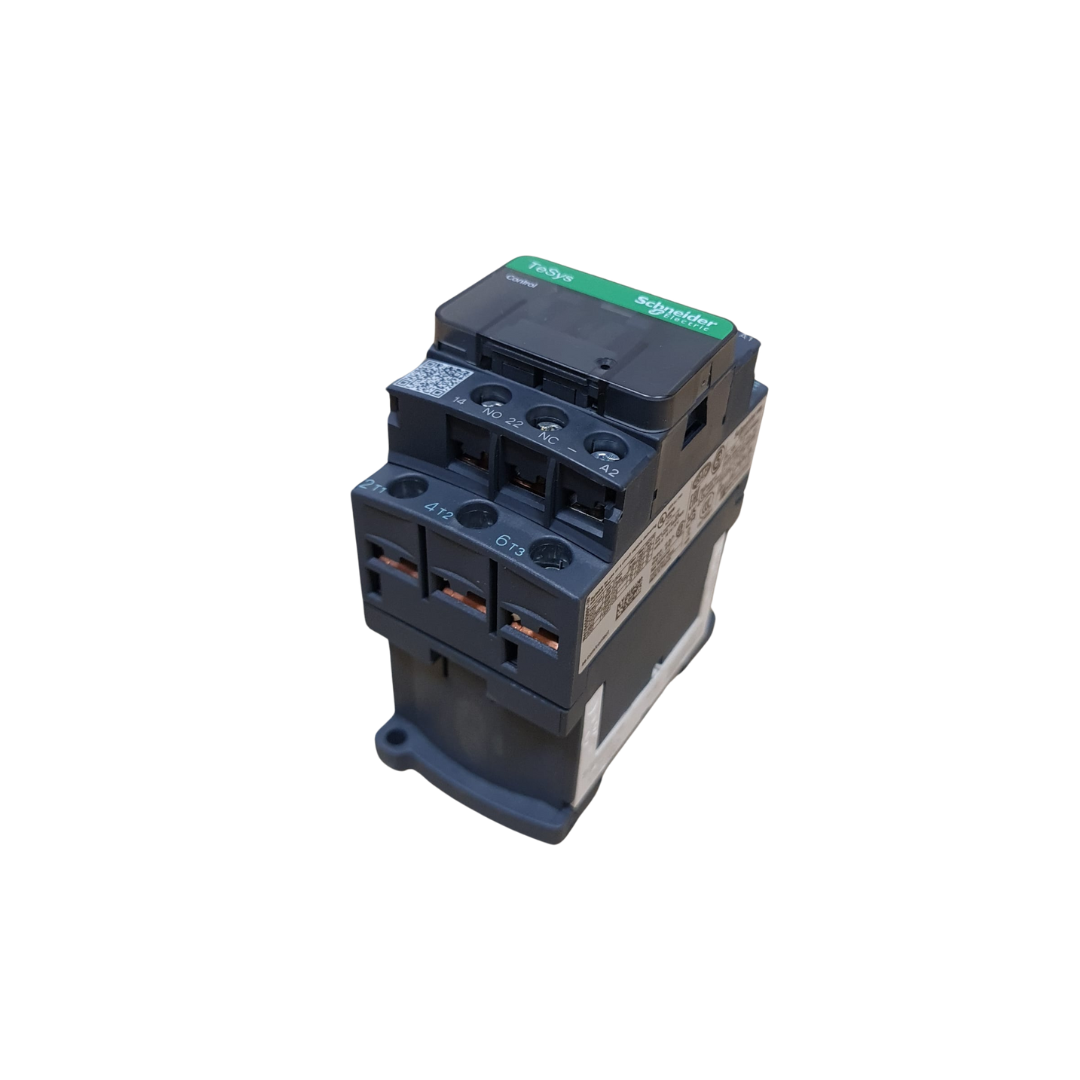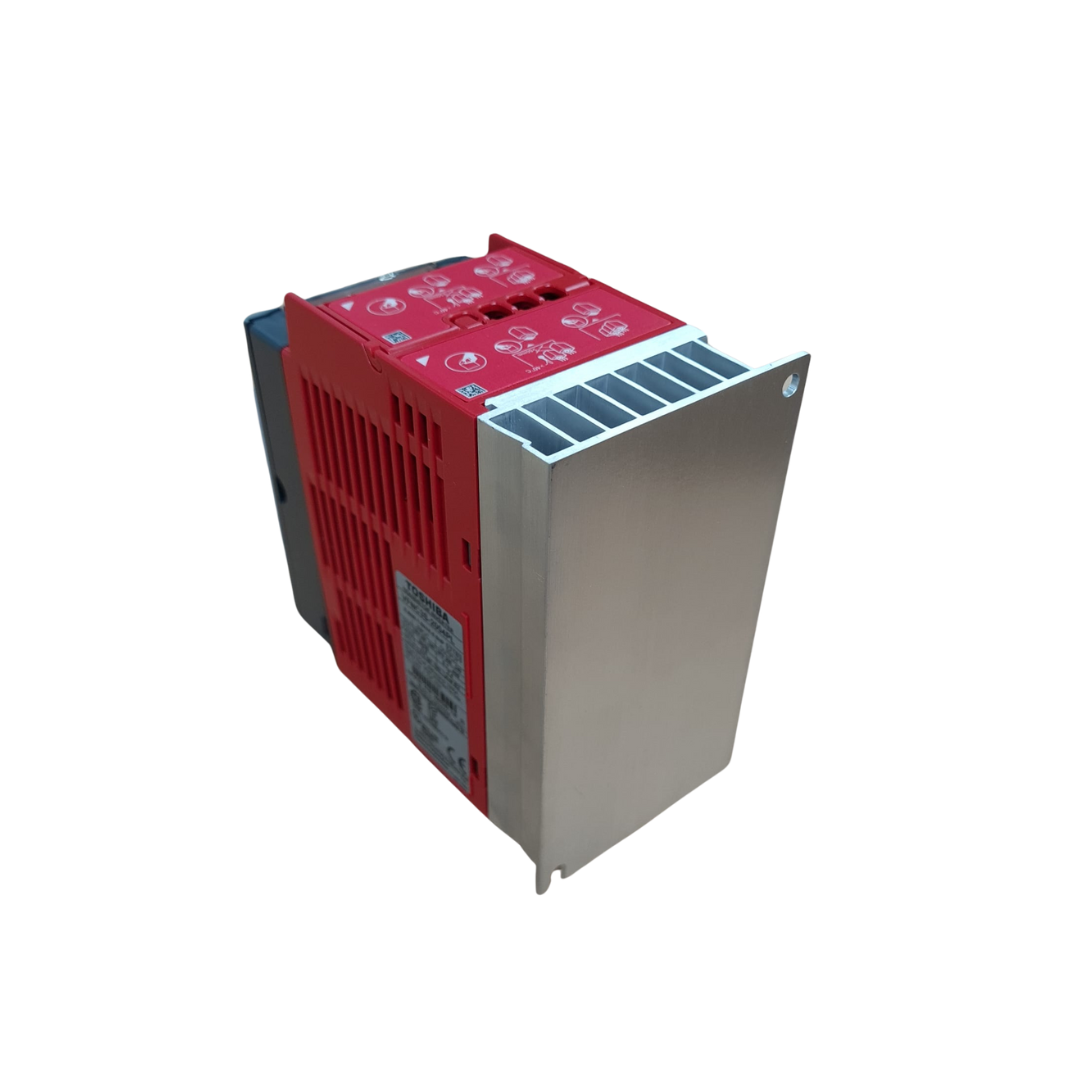Machine Accessories & Options
Explore a comprehensive range of machine options and accessories designed to enhance the performance, efficiency, and versatility of your equipment.
From essential upgrades like air filters, conductivity sensors, and auto refill systems, to advanced customisation options such as fan speed controls, RS485 communications, and in-line decontamination solutions, we’ve got everything to meet your operational needs
Our accessories are designed to offer improved efficiency, precision control, and seamless integration for a variety of applications, ensuring that your machinery operates at its peak.
Performance Enhancements
Elevate your efficiency and precision with out performance enhancements. This category is tailored for those seeking to boost operational capabilities, fine-tune control systems, or upgrade equipment performance. From advanced conductivity sensors and fan speed controls to in-line water treatment options, these enhancements ensure that your machine operates at its optimal potential under any condition.
Monitoring and Control
Our monitoring and control accessories provide comprehensive oversight of your equipment’s functionality. Designed for seamless integration, these solutions include flow and pressure monitoring, RS485 communications, and MODBUS RTU over Ethernet for real-time data acquisition and control. Optimise your operations with precision and ease, ensuring reliability and performance through advanced monitoring technologies.
Utility and Maintenance
Keep your machinery running smoothly with our utility and maintenance range. This category covers everything from air and particulate filters to auto refill systems and installation kits. Ensure long-term operation with maintenance essentials that protect and prolong the lifespan of your equipment, maintaining peak efficiency and reliability.
Environmental Adaptation
Adapt to any operational environment with our environmental adaptation accessories. Whether you’re dealing with high ambient temperatures, frost conditions, or need seismic stability, these options ensure your machinery remains unaffected and performs reliably. Tailor your equipment to withstand environmental challenges, maintaining functionality and durability.
